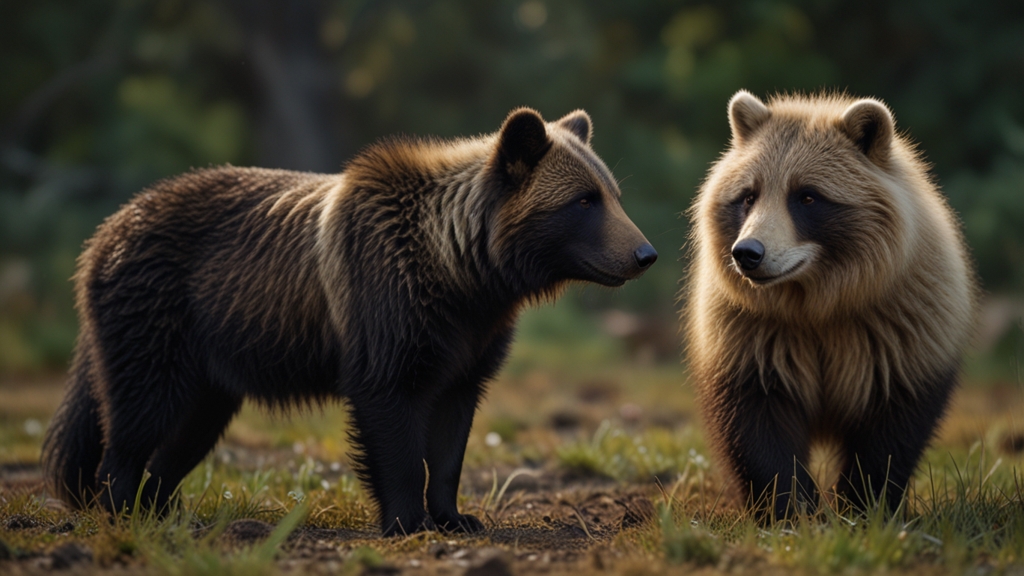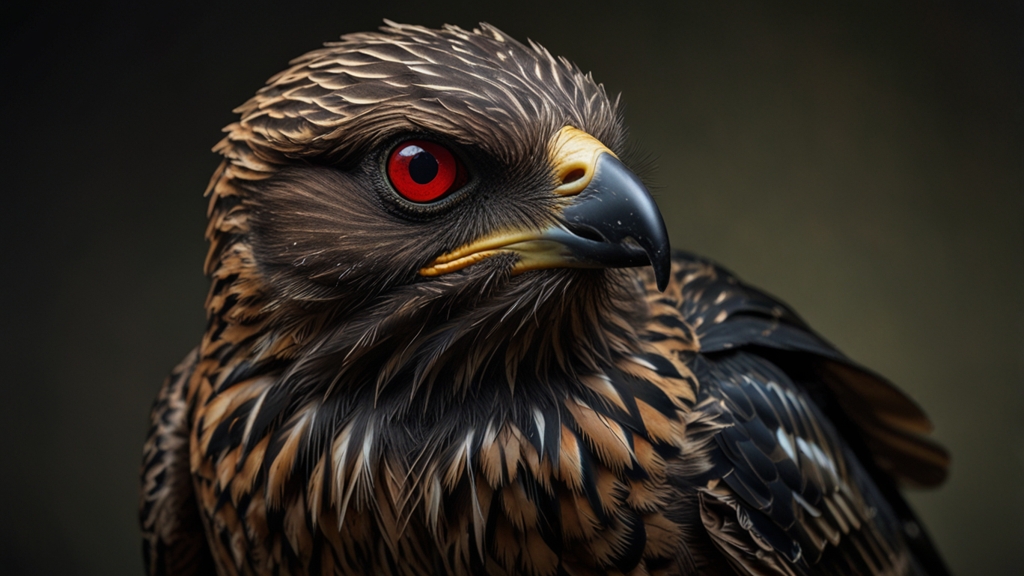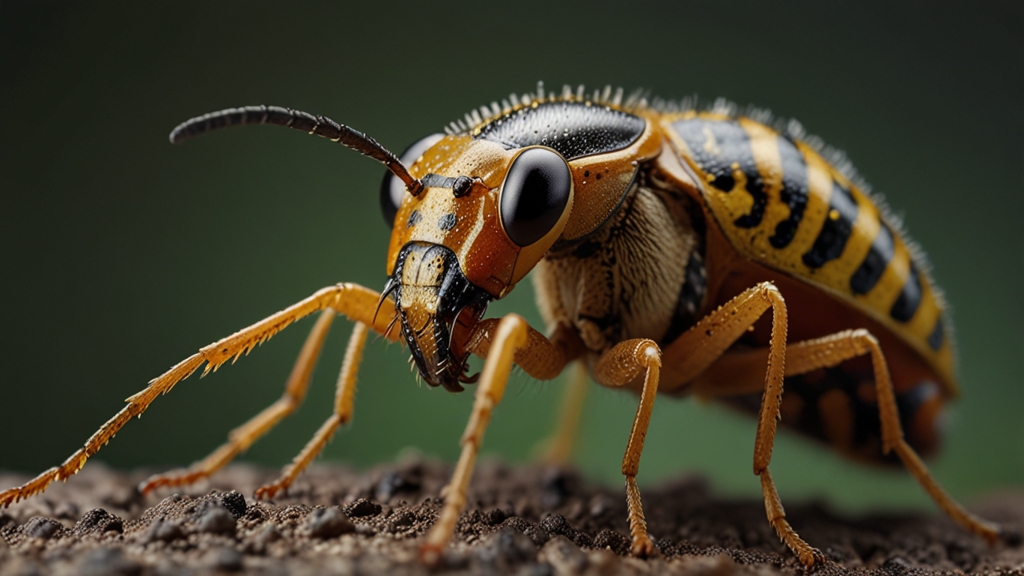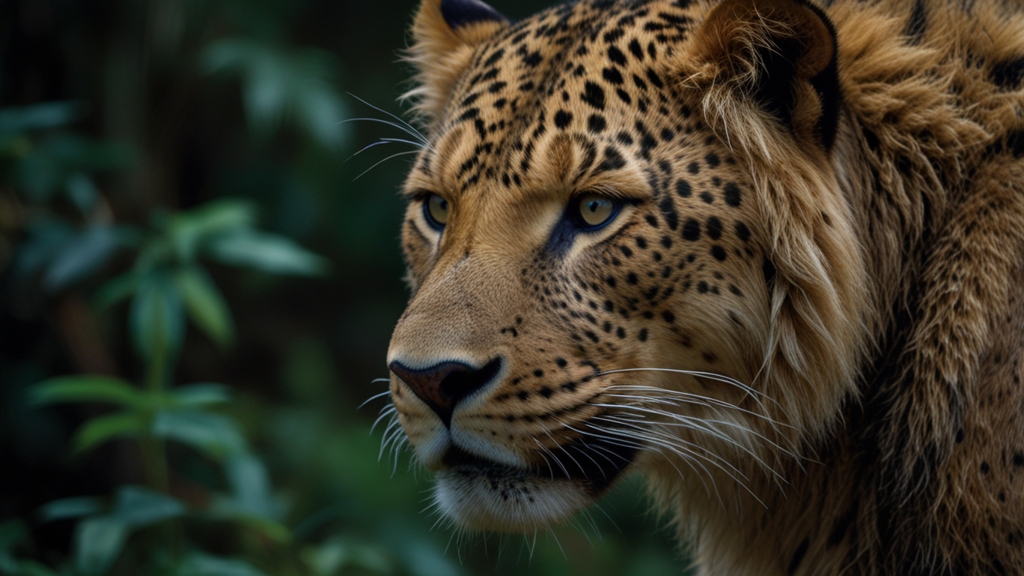Mammal Relationships: The Complex Social Structures of Our Furry Friends
Mammals are among the most socially complex and behaviorally diverse creatures on Earth. These interactions are not just limited to humans; many other mammalian species exhibit intricate social relationships that form the bedrock of their survival and wellbeing. From the formidable elephants of the African savanna to the intricate colony systems of meerkats in the Kalahari Desert, the social structures of mammals are both fascinating and vital to understanding their species.
The Building Blocks of Mammal Social Structures
Mammalian social structures can be as varied as the species themselves. Factors such as habitat, diet, predation, and reproductive strategies play significant roles in determining the nature of these social systems. Typically, mammal social structures can be classified into several types: solitary, pair-bonded, matriarchal, hierarchical, and cooperative breeding systems.
"Understanding the social relationships of mammals not only illuminates the intricacies of their daily lives but provides key insights into the evolution of social behavior in humans." - Dr. Jane Goodall
Solitary and Pair-Bonded Systems
Many mammals, such as tigers and bears, are primarily solitary creatures. They come together only for mating purposes and to rear their young. While this might seem like a lonely existence, solitary living reduces competition for resources and may enhance the individual's survival chances.
In contrast, pair-bonded systems, such as seen in many bird species and some mammals like gibbons, involve long-term monogamous relationships. These bonds often extend beyond just reproductive purposes, incorporating mutual grooming, territorial defense, and shared parental duties.
Matriarchal Systems
Some of the most fascinating social structures are seen in matriarchal systems. Elephants are a prime example, where a dominant older female, often the matriarch, leads the herd. The matriarch's knowledge of water sources and migratory routes is vital for the survival of the entire group. Similarly, killer whale pods are led by the oldest female, demonstrating how matriarchal leadership ensures the transfer of critical survival information across generations.
"Elephants exemplify the importance of matriarchal leadership in securing the future of the herd. The cohesiveness and emotional bonds formed within these groups are truly remarkable." - National Geographic
Hierarchical Systems
In hierarchical systems, such as those found in wolves and baboons, social ranking plays a crucial role in organizing the group. The alpha individual, be it male or female, assumes leadership, determines the social order, and often has preferential access to resources and mating opportunities. These hierarchies are not static and can change with challenges from other group members. These social dynamics ensure that only the fittest and most capable individuals reproduce, enhancing the group's overall fitness.
Cooperative Breeding Systems
Cooperative breeding, observed in species like meerkats and naked mole rats, is another intriguing aspect of mammalian social structures. In these systems, multiple individuals contribute to the care of the young, even if they are not their own offspring. This cooperation can include tasks such as feeding, grooming, and protecting the young from predators. This strategy not only increases the survival rate of the offspring but also strengthens social bonds within the group.
"Cooperative breeding systems highlight the profound level of altruism and teamwork present in animal societies. These mammals show us that by working together, they can achieve remarkable success in raising their young." - David Attenborough
Conclusion
The social structures of mammals are deeply complex and remarkably diverse, tailored to the needs and environments of each species. Whether through solitary living, pair-bonding, matriarchal leadership, hierarchical organization, or cooperative breeding, these relationships ensure the survival and thriving of these fascinating beings. By studying these intricate systems, we gain not only a greater appreciation for our fellow mammals but also valuable insights into the evolutionary roots of our own human societies.









